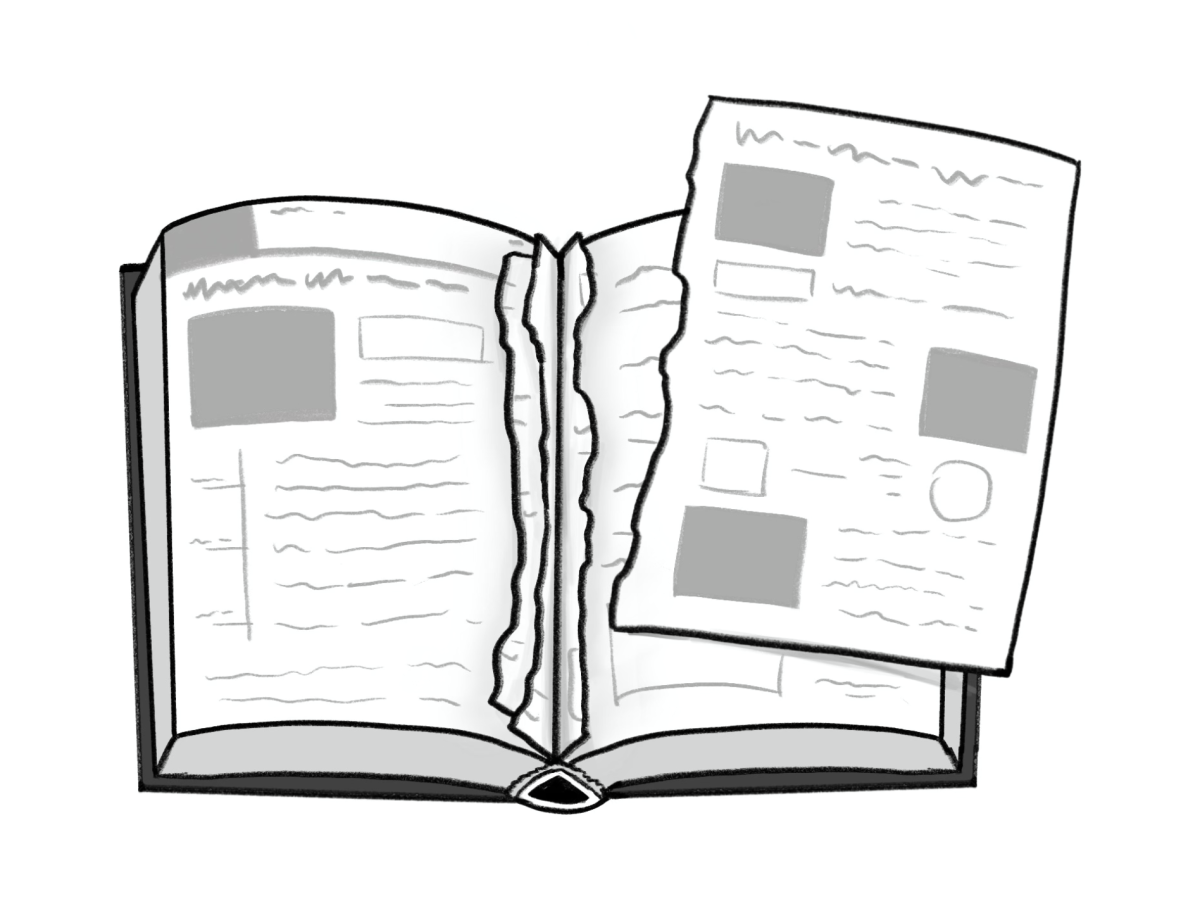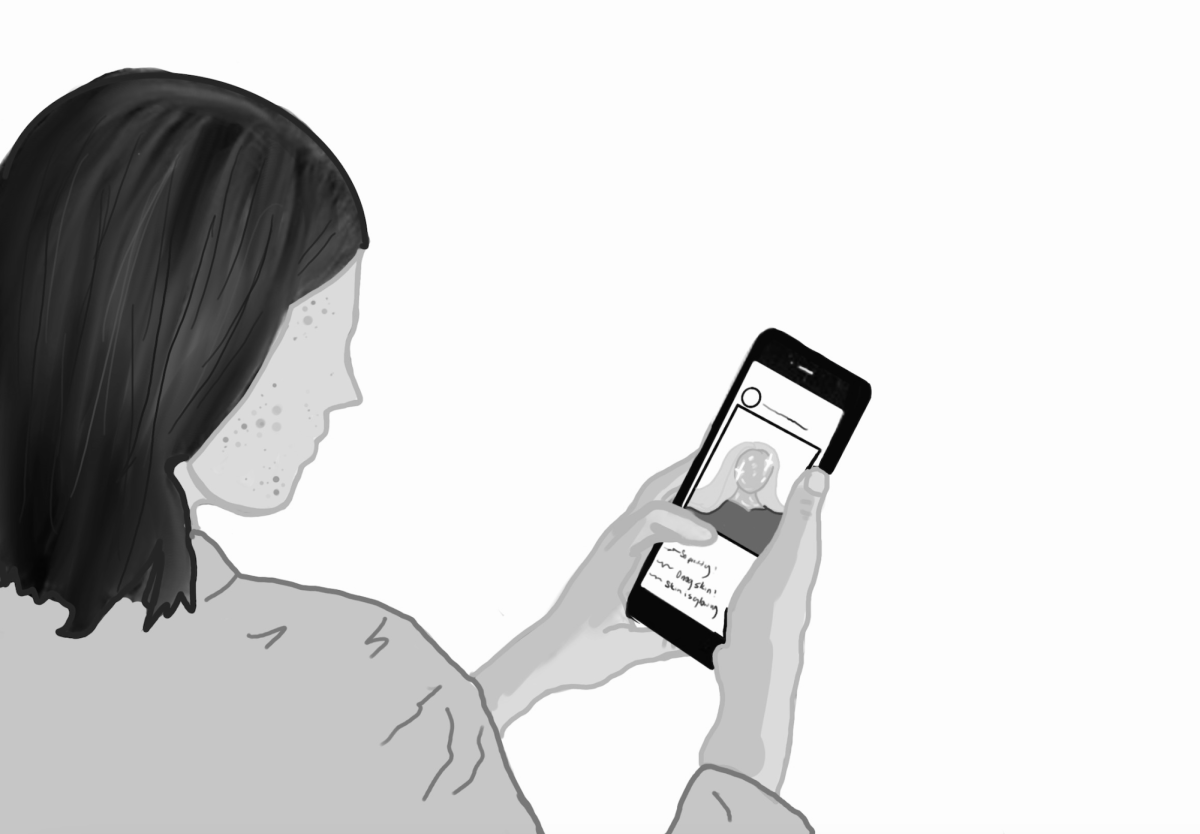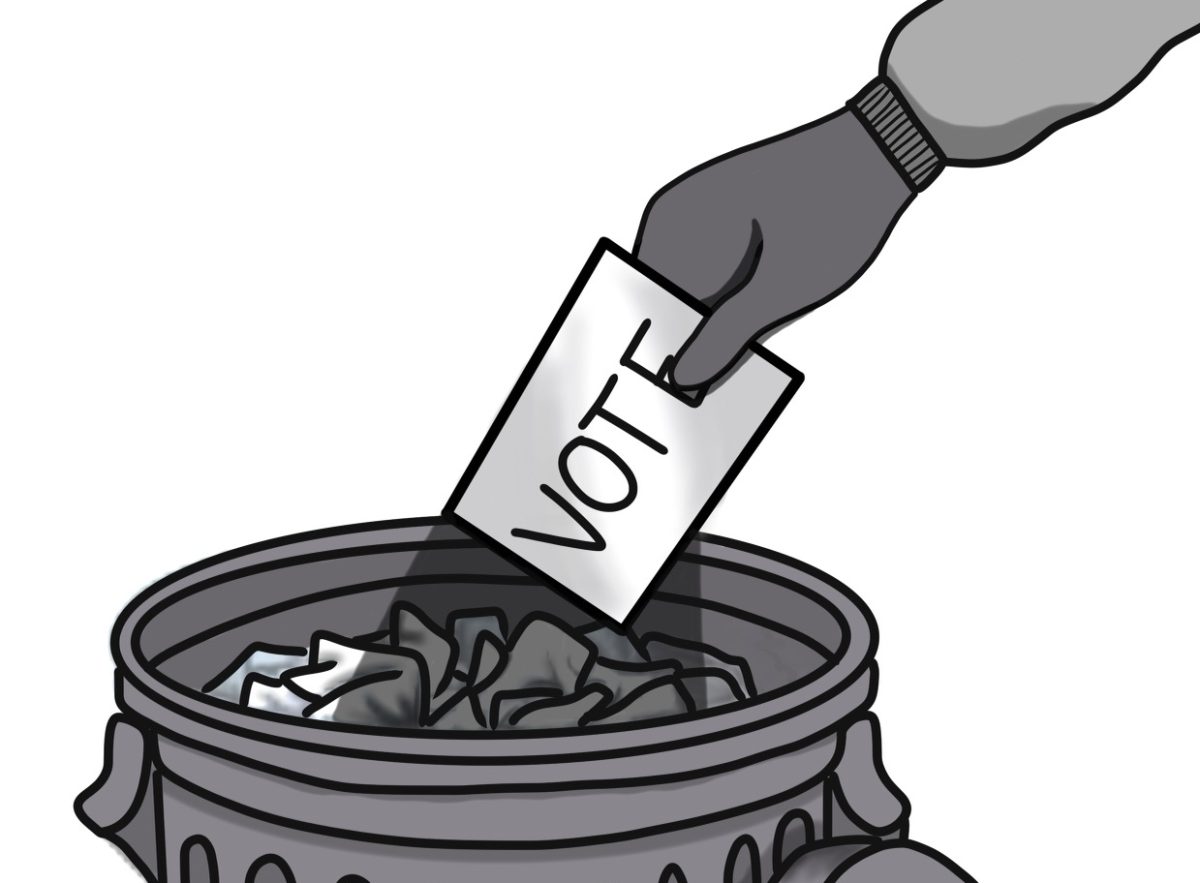
As of Wednesday, Nov. 22, 98 students have opted to take math online rather than in school. The average online math course costs between $200-$700, a staggering amount compared to the ability to take math at Redwood free of charge. So, why are students dropping free Redwood courses to take expensive online programs? The common denominator between these students is the lack of adaptive teaching and built-in support systems for math at Redwood.
Entering Algebra 1, students are met with a program that supports their needs. Classes are equipped with peer tutors and free after-school tutoring from teachers is accessible to all students. In addition to these systems, Algebra 1 students will often have peers in higher-level math classes who can offer them support.
However, as students advance into higher-level math classes, these support programs deteriorate. Less are qualified to peer tutor these courses, leaving students with fewer resources than needed. After Geometry, after-school teacher tutoring is no longer available and as students reach precalculus and calculus courses, the number of peers who are well-versed in the subject decreases. The support level is inconsistent with the math level offered, which has led students to suffer, resulting in the online education epidemic currently plaguing Redwood’s math program.
Along with this lack of support is another problem: the need for consistency. While all math classes must include certain core curricula, there are no restrictions on how it should be taught. Students in some classes are learning to do math entirely differently from how their textbook teaches, making it nearly impossible to utilize the provided resources. Similarly, the lack of consistency between lessons and the textbook creates problems when completing textbook-issued quizzes and tests.
Students have also begun to struggle as a result of a lack of instructional techniques. Information from the November Bark survey shows that when students were asked about their math teacher’s instructional methods, 23 percent responded, “My teacher provides notes to be copied and worked on,” and 26 percent responded, “My teacher drives through problems and notes and then provides work time.”
If teachers hand out note sheets or solve problems without explaining the steps, it may lead to a lack of understanding of the material. Meaningful learning comes from understanding the process, not just getting the answer. According to the University of North Carolina Chapel Hill’s Learning Center, note copying is not an effective teaching style.
“One of the key ideas of good note-taking is that it is not necessary to copy downloads of information from the text. Copying down information does not engage your brain and is not a strong strategy for learning and remembering content. It also takes a lot of time and energy.”
An anonymous junior precalculus student who, for the purposes of this article, will be referred to as Cassidy is just one of the students who has struggled with these teaching methods.
“[My math teacher] explains how to do [a problem without] showing the example or walking [students] through it. She doesn’t talk about [the lesson enough]. And she writes [the work] down super fast. It’s hard to listen, even if she does talk,” Cassidy said. “When we have textbook problems, we have a key in the back of the textbook for the odd problems. So, you just see the answer but the steps are the most important. [The textbook answers] don’t help me because I don’t know what I did wrong,”
With the current state of instruction in Redwood’s math department, combined with the lack of correspondence between different classes, students have begun to embrace failure. Senior Aidan Hackett is just one of the students who feels this way.
“At some point, I realized that no matter how much effort I put in I just wouldn’t be able to succeed in the same way I could with online classes. My best option was to drop [math at Redwood], which was pretty hard to do halfway through the semester,” Hackett said.
However, as it is, math teachers are already overworked and underpaid for all the effort they put into their classes. The math curriculum needs synchronized learning between classes and improved teacher communication. A more cohesive learning experience is vital for all Redwood students and can only be done by giving teachers more time for planning and communication with one another.




















